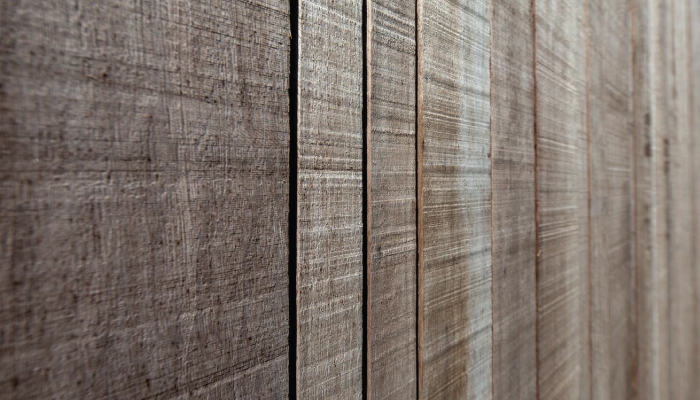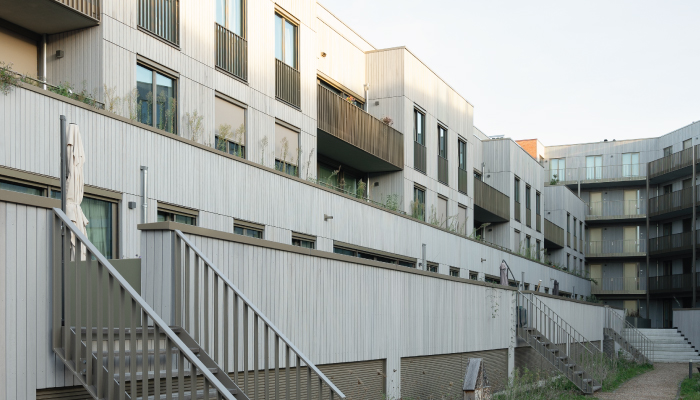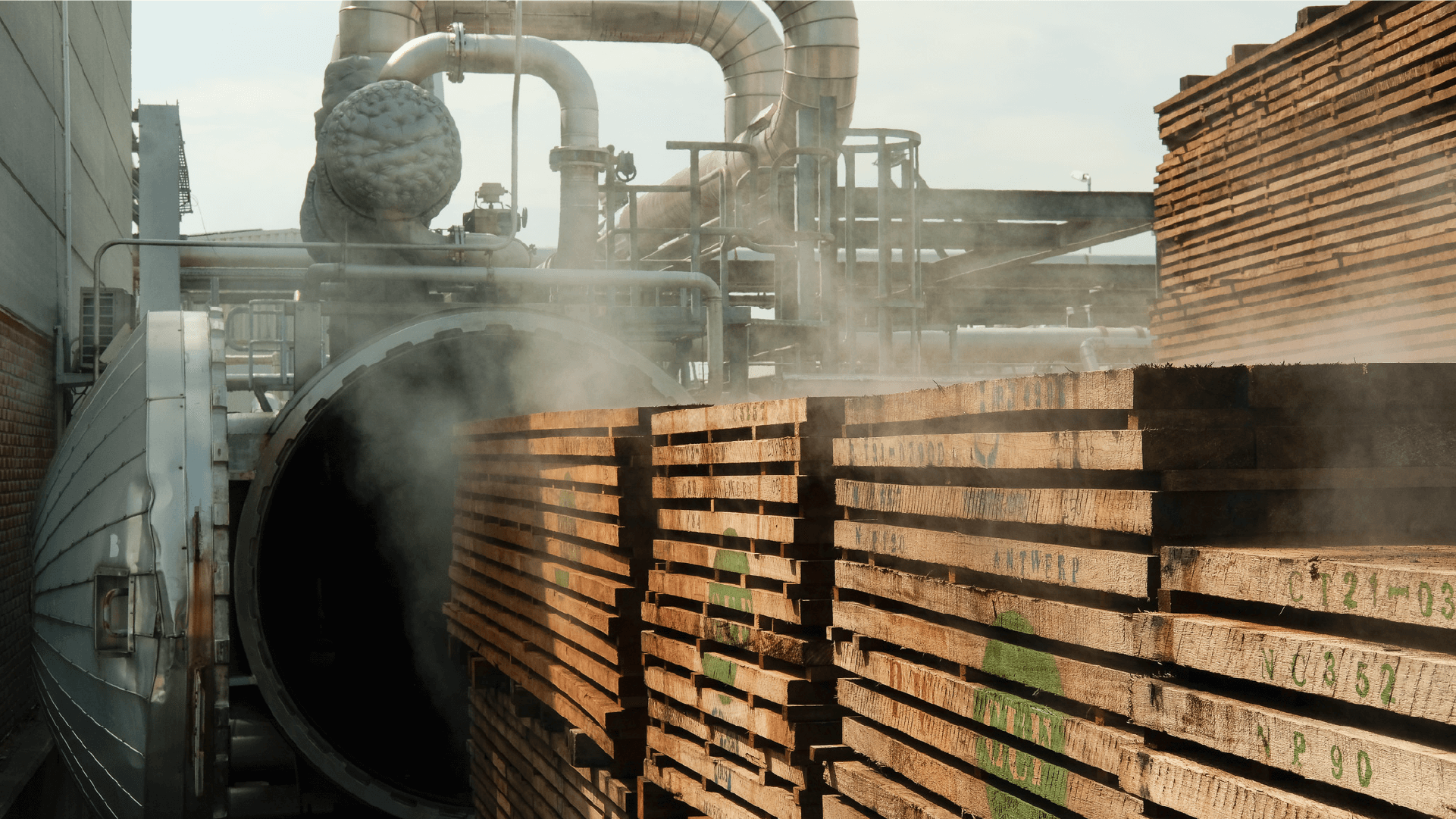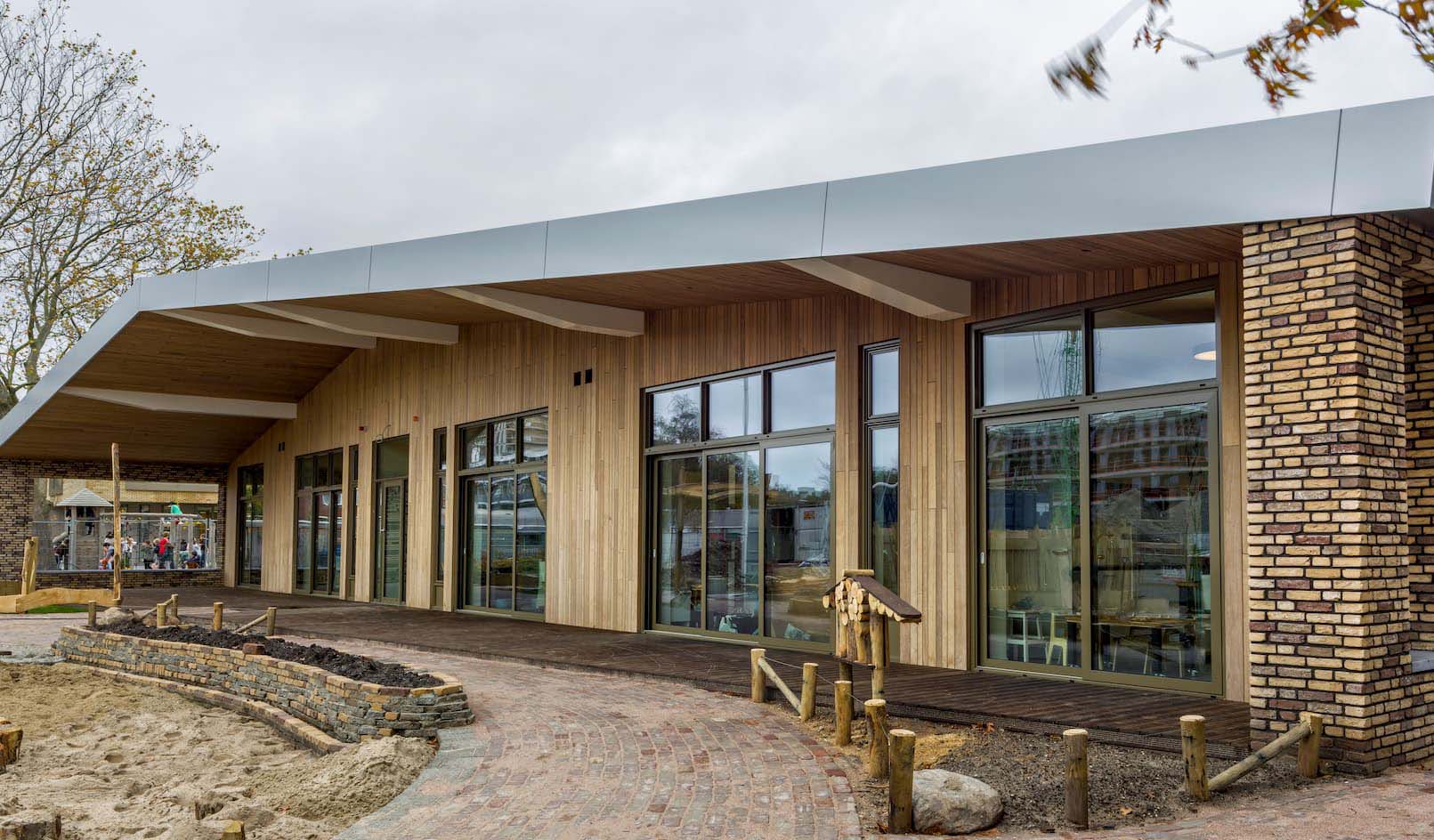Why does wood turn gray
Aging. A natural transformation of wood exposed to the elements without treatment. Aged wood can be seen more and more nowadays. This is a logical result of the increased use of this sustainable building material. Some architects embrace it. Others prefer to avoid it for certain projects. But is this even possible? And what exactly happens to the wood? What do sun and rain do? We'll explain it.
The influence of UV radiation and rain
The biggest influence on natural aging is ultraviolet radiation. In other words, the sun. Wood is primarily composed of cellulose, hemicellulose, and lignin. Lignin can be seen as a sort of glue. It also provides the color of the wood. When UV rays penetrate the surface of the wood, this breaks down and the wood loses its original color. The cellulose and hemicellulose remain visible and are lighter in color. This gives wood its silver-gray tint over time. Rain, or even high humidity, contributes to the process initiated by UV radiation. It accelerates the aging process and washes away the degraded lignin components.

Photo: natural aging on Platowood Fraké rough (Villa K340 - Francois Verhoeven)
The course of wood aging
All types of wood eventually age. Only with a UV-blocking treatment and maintenance can this be prevented as much as possible. How long the aging process takes depends on the amount of sunlight the wood is exposed to, the climate and location, and the type of wood. Therefore, it is unique for each project. On an open beach location, we know that our wood can turn completely grey within a few months, while in more enclosed places it can take several years for the wood to weather. It is good to keep in mind that aging does not affect the quality of Platowood wood. Its strength and durability remain intact.
Color change due to wet weather
Aging is a process that starts on the surface and penetrates deeper into the wood over time. When wood begins to age, rain or water can temporarily restore its darker color. Once the wood is fully aged, these color differences due to moisture are less visible. If you like this, it can actually give a lively effect to a facade.
Using a pre-ager for even aging
For example, under a canopy or overhang, less or no sunlight reaches the wood. And UV rays are precisely what initiate the breakdown process of lignin in the wood, leading to aging. This way, color differences arise with wooden parts exposed to a lot of sunlight. A pre-aging treatment can be applied to make the natural aging process appear more even. What does the pre-aging treatment do? This treatment gives the wood an aged appearance. The pre-aging treatment degrades slowly, while in the meantime, the underlying wood naturally ages. This way, you bridge the visual transition from the original color of the wood to the silver-gray tint.

Photo: application of a pre-aging treatment on project De Gebroeders in Eindhoven
Natural aging: a matter of taste
Thanks to our hydro-thermal process, Platowood wood can be used outdoors for a long time without treatment. Letting the wood age naturally or finishing it with our pre-aging Weathered Color is a personal choice. We often hear from architects that they let the wood age to emphasize the natural look and character of the wood. Aged wood is timeless, minimalist, and requires the least maintenance or attention. We are happy to help you make a good choice that fits the project and the client's wishes.
Would you like to see a project where we showcase aging? Check out the project page of our Platowood Pavilion, finished with Platowood Fraké.
 13-06-2024
13-06-2024
 16-04-2021
16-04-2021